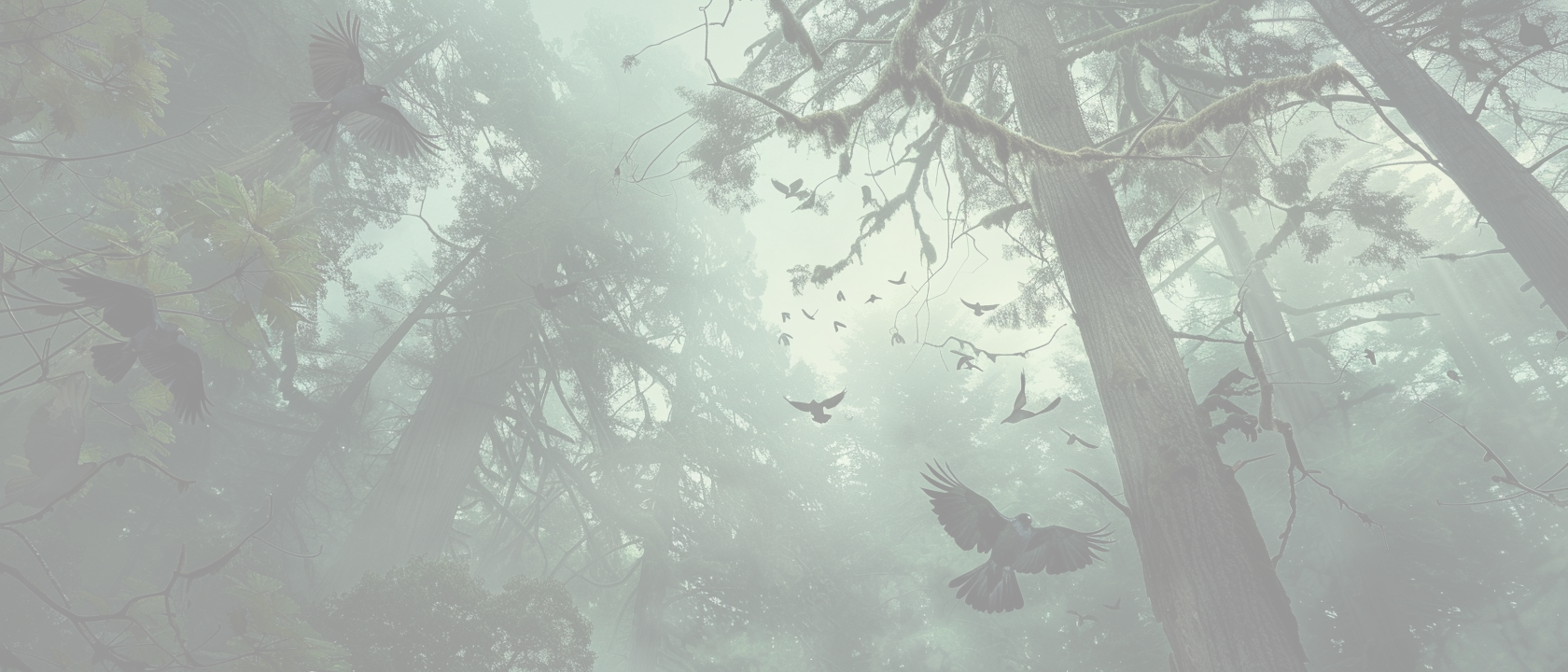I read this post over at LLewellyn about interpreting tarot cards from deck to deck. It’s an excellent article and very thought provoking. In it, the author discusses a bit about the intent of a tarot deck, the role of intuition, and the role of study in readying and interpreting tarot cards and specifically asks what is the right way and what is the wrong way. She asks if it’s okay to interpret a card based only on the image, if you need to study the traditional interpretations of each tarot card and then impose them on whatever deck you use, or if you should follow the interpretations offered by the designer of the deck itself.
In my opinion, the answer is ‘yes’ – all of these methods are appropriate. Tarot, as well as other divination tools, are intended to communicate information, and, as such, they adjust themselves – rather, you adjust them – to communicate in whatever method gets the information across. And because tarot can be so flexible and can be read in many different ways, it is possible to draw the same cards in the same spreads with two different readers and have those readings mean different things. When I draw “The Fool” it may mean something entirely different when you draw him, and those meanings may change again when we switch decks or decide to use the same deck.
The meaning of each of the 78 tarot cards is largely dependent on each individual readers relationship with each of their decks.
As a more concrete example, let me share with you interpretations from three decks that I use – the Fantastical Tarot, the Dragon Tarot, and the Rider-Waite Tarot. Let’s look at the Knight of Wands:
 In the Fantastical Tarot, the Knight is depicted as a serene looking man on the back of a rearing steed. The horse is brown and the man’s hair is brown and in braids and his eyes are closed. According to the designer, the interpretation of this card is sudden departure or travel, freedom, bravery, movement, sudden change, swiftness, and favorable circumstances.
In the Fantastical Tarot, the Knight is depicted as a serene looking man on the back of a rearing steed. The horse is brown and the man’s hair is brown and in braids and his eyes are closed. According to the designer, the interpretation of this card is sudden departure or travel, freedom, bravery, movement, sudden change, swiftness, and favorable circumstances.
In the Dragon Tarot, the Knight is depicted as a dragon (they’re all dragons) holding a lance with volcanoes in the background and a large lit torch. The dragon is standing up erect and looks very proud and the sun is low on the horizon. According to the designer, the Knight represents dynamic male energy.
In the Rider-Waite Tarot, the most commonly used and referenced deck, the Knight is depicted as a young man on a rearing steed. He is wearing an entire suit of armor and brandishing a club (wand). He appears unsure and apprehensive, but alert. Traditionally, this card represents a departure, flight, or a friendly young man.
The way I learned to read Tarot, the Knight represents an intellectual young man who thinks things through, likes to create plans and enact them, who can also feel superior because he feels he’s smarter than most people.
As you can see, you can have the same card and read it many different ways. There is no one ‘right way’ – however you, as a reader, decide to interpret and learn your cards, you will be doing it right.












